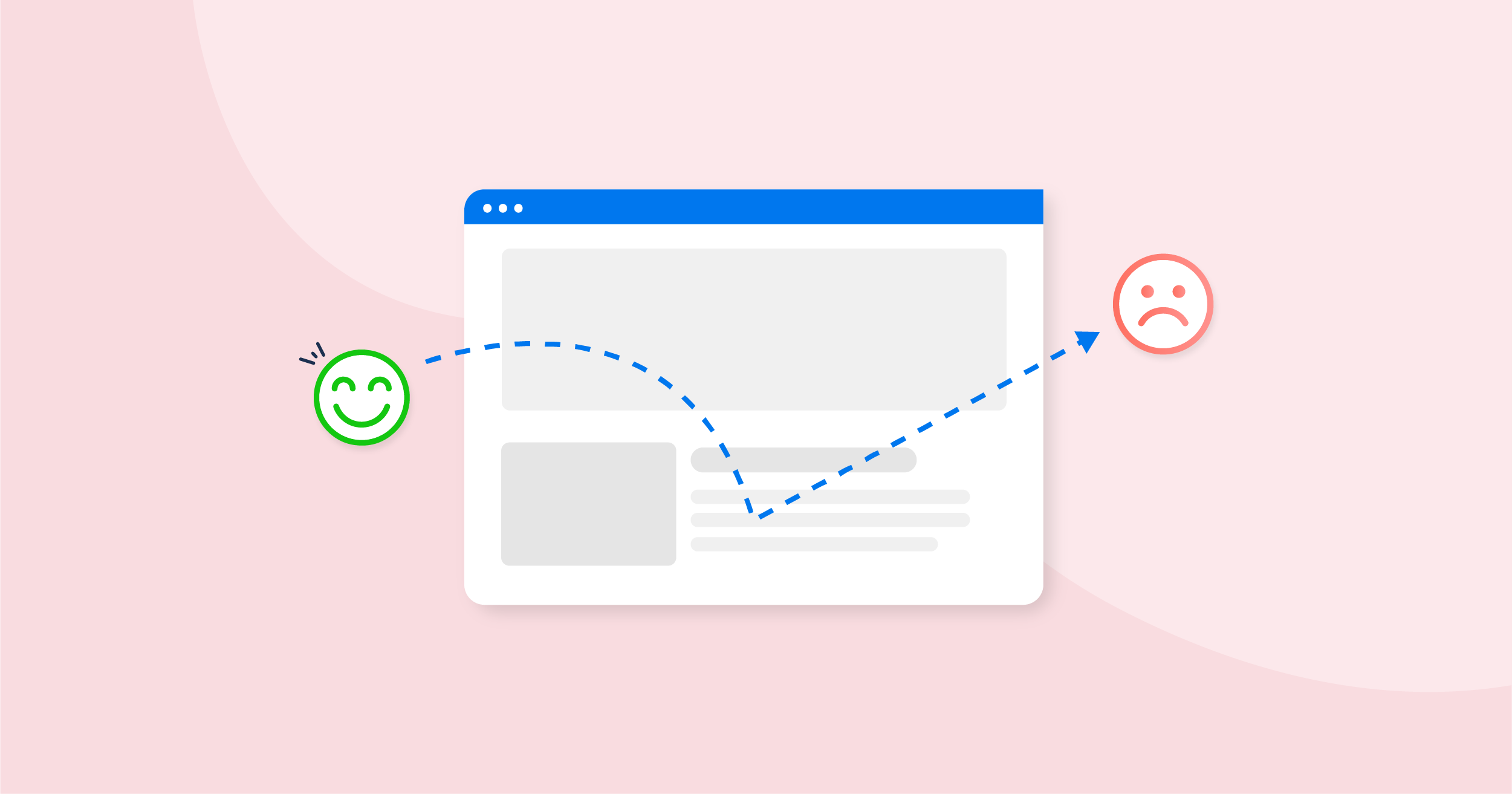As a micro SaaS (Software as a Service) entrepreneur, you’re well aware of the value your product brings to customers. While subscription-based pricing is a common monetization strategy, it’s not the only path to profitability. In this article, we’ll explore various revenue streams beyond subscriptions that can help you maximize your micro SaaS’s income and create a sustainable business model.
While subscription-based pricing is a staple in the micro SaaS industry, diversifying your revenue streams can provide stability, increase customer engagement, and open up new opportunities for growth.
1. One-time Purchases:
- Offer one-time purchases of premium features, add-ons, or individual services within your micro SaaS product. This allows customers to customize their experience and generate additional revenue.
2. Tiered Pricing Plans:
- Create tiered pricing plans with varying levels of features and functionality. This accommodates a wider range of customer needs and encourages upselling to higher tiers.
3. Usage-Based Pricing:
- Implement usage-based pricing, where customers are charged based on their actual usage of the product. This can be particularly effective for micro SaaS products that serve businesses with variable needs.
4. Freemium Models:
- Offer a free version of your micro SaaS product with limited features, enticing users to upgrade to a premium, paid version for access to advanced functionality.
5. Licensing and White Labeling:
- License your micro SaaS technology to other businesses or offer white-label solutions. This can be a lucrative revenue stream, especially if your product has a unique feature set.
6. Affiliate Marketing:
- Partner with affiliates or influencers in your industry to promote your micro SaaS product. Provide them with affiliate links and reward them with commissions for each customer they refer.
7. Marketplace Integration Fees:
- If your micro SaaS product integrates with third-party marketplaces or platforms, charge fees for each transaction or interaction facilitated through your integration.
8. Data and Analytics Services:
- Leverage the data generated by your micro SaaS product to offer data analytics and insights as a separate paid service to your customers.
9. Custom Development Services:
- Provide custom development services tailored to the unique needs of your customers. Charge fees for customizations, integrations, or personalized support.
10. Training and Consultation: – Offer training sessions, workshops, or consultation services to help customers maximize the value they get from your micro SaaS product.
11. Premium Support and SLAs: – Introduce premium support plans or service level agreements (SLAs) that guarantee faster response times and personalized assistance for paying customers.
12. Partnerships and Reseller Programs: – Form partnerships with other businesses or create reseller programs where third parties can sell your micro SaaS product to their own customers.
Case Study: Canva’s Marketplace and Licensing
Canva, a graphic design platform, has successfully diversified its revenue streams. In addition to its subscription plans, Canva has a marketplace where users can purchase premium design elements and templates created by third-party designers. Canva also offers licensing options for businesses and teams, allowing them to use Canva’s technology to create branded designs.



